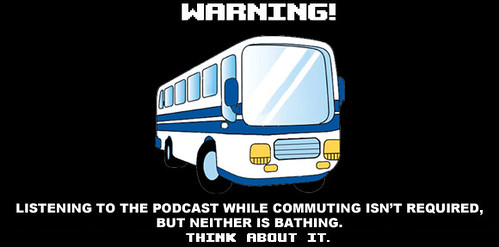I have always thought that Twitter had the most potential of all of the social media tools I had used, for creative output. Last year the Newfoundland Historical Trust, @NLHistoricTrust
live tweeted the re-enactment of the great fire of 1892 that destroyed a large part of the city. It was riveting to follow along and relive the entire night through Twitter. It really was haunting and made me think about how difficult it must have been to have lived through such a tragic event.
As Andrew Fitzgerald noted in his talk, the reenactment potential of real life events offers up so many potentially great stories to a listening audience. It can create awareness and help people relive events and make them relevant or reteach lessons such as those from the war. If you can use a modern tool to retell old stories and reach audiences that may not have been interested or perhaps aware of the stories, then that is truly beneficial.
Obviously there are curmudgeons like Jonathan Franzen who can never be swayed about the merits of Twitter and what it can offer to the literary world. He will always elegize the “quiet and permanence of the printed word” and use creative words like ‘dumb’ to describe the next movement in writing. After he criticized Twitter a hashtag was created to respond to his luddite tendencies, #JonathanFranzenHates. Many authors and critics responded and of course it trended. In an article in the Sydney Morning Herald Blake wrote,
When the novel was introduced to Europe there were many like Franzen who dismissed it's worth, and in fact the novel was so controversial it divided the French literary community. The Quarterly Review printed a story, including statistics, to prove that the lowly novel was linked to rising crime rates.
The example Buttry writes about, tweeting about surgery in real time was truly fascinating. Having just had someone very close to me go through a long and important surgery I could see the comfort this would bring to people waiting outside, wondering what is happening. Living an experience like this or tuning in for a live tweet that Fitzgerald talked about is novel and fun, and just may get more people interesting in story-telling.
King's piece was wonderful to read and the similarities between Twitter and graffiti were interesting. On Twitter she says, "this kind of storytelling is quick, even ephemeral, and largely improvised. It’s really more like broadcasting than writing, and one of the things that makes Twitter so intimate, even in its rowdy, buzzing, crowd-y-ness, is that you are reading someone’s work in real time." I fully concur.
References
Buttry, S. (August 2009). Riveting Twitter Narrative of Robotic Surgery at St. Luke’s. Retrieved on January 26, 2015 from http://stevebuttry.wordpress.com/2009/08/31/rivetingtwitter-narrativea-of-robotic-surgery-at-st-lukes/
Blake, E. (May 10, 2014) Authors Who Embrace Twitter. Retrieved on Jan 30, 2015 from http://www.smh.com.au/entertainment/books/authors-who-embrace-twitter-20140508-37wt0.html#ixzz3QQjVh8dG
Fitzgerald, A. (October 2013). Adventures in Twitter Fiction, Ted Talks. Retrieved on January 28, 2015 from http://www.youtube.com/watch?v=J6ZzmqDMhi0
King, R. J. (2013). How Twitter is Reshaping the Future of Storytelling. Retrieved on January 28, 2015 from http://www.fastcoexist.com/1682122/how-twitter-is-reshaping-the-future-of-storytelling
Schellinger, P. (1998). The Encyclopedia of the Novel. Rutledge. New York.
Smith, A. (October 2013). Literary Parkour: @Hourse_ebooks, Jonathan Franzen and the Rise of Twitter Fiction. Grandland. Retrieved on January 28, 2015 from http://grantland.com/hollywood-prospectus/literary-parkour-horse_ebooks-jonathan-franzen-and-the-rise-of-twitter-fiction/











